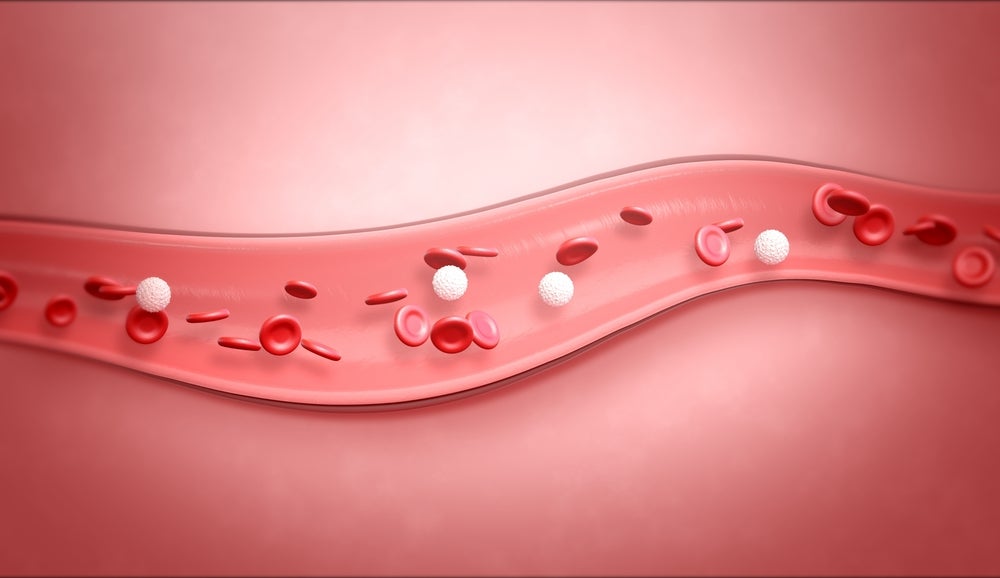With a Phase IIb palmoplantar pustulosis (PPP) trial underway, Aristea Therapeutics is looking ahead to a potential Phase III study. But different primary endpoint preferences between regulators in the US and Europe could complicate its trial design process.
Aristea is testing its small molecule RIST4721 in an ongoing 156-patient Phase IIb trial in PPP (NCT05194839), a rare and recurrent inflammatory skin disease. The study’s primary endpoint is looking for the proportion of patients achieving a 50% reduction in the PPP Area and Severity Index (PPPASI), which assesses the area and quality of PPP. Data is expected H2 2023.

In planning a subsequent Phase III trial, Aristea has engaged in regulatory discussions with the FDA and with regulators in Germany and the UK, CEO James Mackay says. In Europe, a 50% reduction in PPPASI is an acceptable primary endpoint, similar to other dermatology conditions, he explains. However, the FDA wants a physician global assessment of PPP, known as PPPGA, as the primary outcome, he notes.
Aristea will consider two options for the Phase III programme. It could run one trial based in the US and Europe with coprimary endpoints of 50% reduction in PPPASI and PPPGA. Or it could run a US trial with PPPASI as the primary outcome, and a separate European trial with PPGA, he adds.
Primary endpoint nuance
Regulators prefer endpoints that are highly quantitative, but there’s no endpoint in palmoplantar pustulosis that fits that bill exactly, says Dr Steven Feldman, professor of dermatology at Wake Forest University. Nevertheless, PPPASI and PPPGA are both common PPP endpoints with distinct advantages and disadvantages, he notes.
See Also:
PPPASI is a 72-point scale, so the results are continuous and fairly sensitive to changes, Feldman adds. However, it is difficult to interpret what a numeric change along this endpoint means for patients, he says. PPPASI assesses the area and quality of PPP by measuring erythema, induration, and desquamation on a scale of zero-to-four, and the area of each on a scale of zero-to-six.
How well do you really know your competitors?
Access the most comprehensive Company Profiles on the market, powered by GlobalData. Save hours of research. Gain competitive edge.

Thank you!
Your download email will arrive shortly
Not ready to buy yet? Download a free sample
We are confident about the unique quality of our Company Profiles. However, we want you to make the most beneficial decision for your business, so we offer a free sample that you can download by submitting the below form
By GlobalDataMeanwhile, PPPGA is less sensitive but much easier to interpret, Feldman notes. With PPPGA, clinicians rate patients’ PPP as clear, almost clear, mild, moderate, or severe. “That’s something everyone understands,” he adds.
Aristea palmoplantar pustulosis programme
For the ongoing Phase IIb trial, Aristea chose 50% reduction in PPPASI as the primary endpoint because the company has prior data for this outcome, Mackay says. PPPGA is a secondary Phase IIb endpoint, so that Aristea can gather data on how it should power this measure as a primary outcome in a subsequent Phase III study, he notes.
The Phase IIb trial has a high-dose RIST4721, low-dose RIST4721, and placebo arms, and it is recruiting patients in sites throughout North America and Europe. A Phase III trial would likely include two 100-patient arms, though Aristea has not yet consulted regulators on trial size, Mackay adds.
Palmoplantar pustulosis is characterised by the recurrent sterile pustules filled with neutrophils on the hands and feet. RIST4721 is an oral small molecule that targets CXCR2, a receptor implicated in neutrophil recruitment to inflammatory sites.







